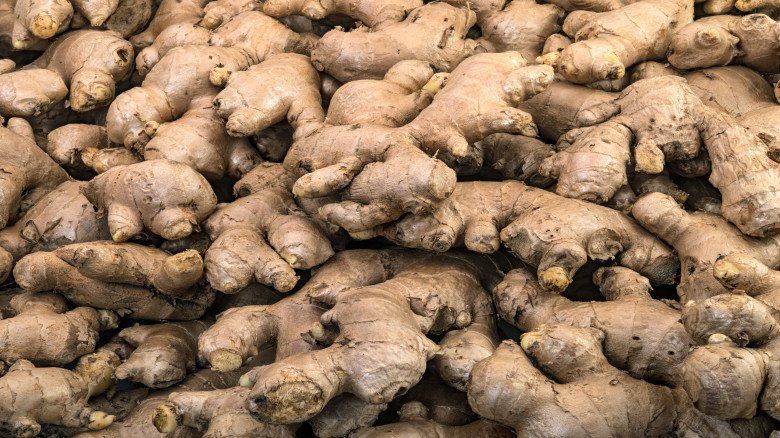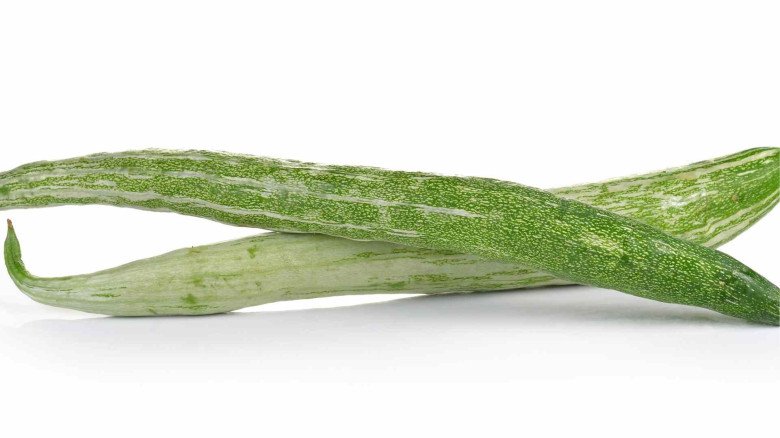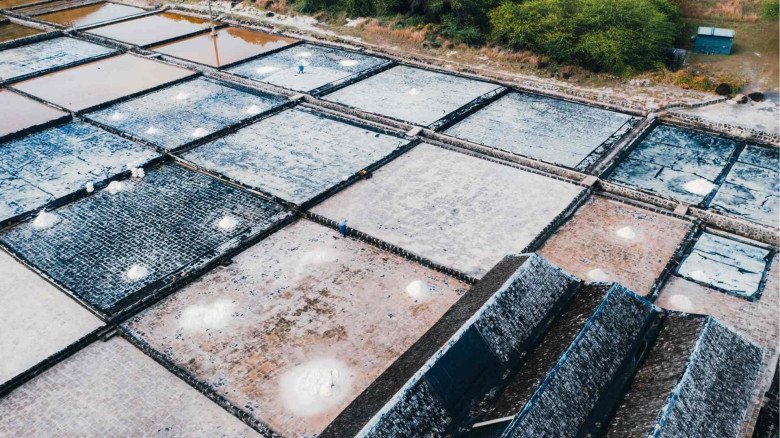A Complete Guide to Palm Oil Plantation | Best Practices and Tips
Many industry depend on palm oil. It is an essential component of the formulas of a vast array of goods worldwide, and its absence would be insufficient. While it is obvious that organic palm oil cannot be replaced, how is palm oil produced? How does palm oil go from the plantation's crops to the shelves of your neighbourhood grocery store? Starting on the oil palm farms, where the growth process starts, will help us better comprehend the ins and outs of producing palm oil. Are you wondering how palm oil farms operate from top to bottom? For more information, continue reading.
Theatre & Climate
The fruit of oil palm trees, technically known as Elaeis guineensis, is the source of palm oil, a vegetable oil. Crude palm oil, which comes from the fruit, and palm kernel oil, which comes from the crushed kernel, are the two forms of oil produced by this crop. Temperatures between 30 and 32°C are ideal for oil palm tree growth in tropical regions. A location with abundant sunshine and high humidity would be ideal for the planter. In order to maintain the soil's moisture content throughout the year, these plants need a lot of precipitation. The crops cannot properly grow without this moisture. Due to their ideal climates, Malaysia and Indonesia are home to the majority of the world's palm oil plantations. Nigeria, Colombia, and Guatemala are a few other locations where oil palm trees may be found.
Requirements for the Field
There are several factors to take into account while preparing lands for oil palm crops, in addition to the climate. June through September is the rainy season, and this is the best time to establish oil palm trees. It is important to take into account the spacing and arrangement of the plants while planting the sprouts. The sprouts should have plenty of room to stretch out and develop. The sprouts must also be put such that the plant receives the maximum amount of sunshine. Nine square meters is the recommended amount of area for the sprouts to develop. 145 plants per hectare are the result of this. It is noteworthy that, in comparison to other vegetable oils, palm oil has an exceptional production per hectare. In other words, palm oil uses land more efficiently.
Intercropping is a crucial component of the areas that are home to oil palm trees. A technique known as intercropping involves planting two or more crops near together. In comparison to planting only one crop, it increases soil fertility and provides the soil with additional nutrients. Even pest control may benefit from it. There are several crops that may be grown next to oil palm trees to help with crop development and to make excellent use of the available space on the farms. Bananas, tobacco, ginger, and turmeric are among the common crops cultivated alongside oil palm plants. However, since weeds are rampant and may damage crops, it is essential to keep them at bay on palm oil farms.
Collection and Production
The harvest comes next in the process. It takes oil palm trees around 30 months to reach maturity, at which point plantation laborers start harvesting. You may repeat the procedure every seven to 10 days. The fresh fruit bunches of the oil palm tree are cut off using a long sickle. Its vivid reddish orange hue indicates which bunches are ready to be harvested. After the fruit is gathered, the production process begins. As was already established, the fruit and the kernel are the two distinct portions of the crop that are employed to make the goods. During production, this becomes significant.
The crop is transported to the mills from the farms that produce palm oil. Here, steam is used to treat and sanitize the bunches. After that, the fresh fruit bunches are stripped of their fruit by a procedure called stripping. Moreover, it deactivates any enzymes that may otherwise lower the fruit's quality. The fruit and kernels are crushed in the facility to make palm oil.
Purpose of Palm Oil
Worldwide, palm oil is present in a wide range of goods. It is a component of many products, such as detergent, lipsticks, and packaged cookies, and no other vegetable oil can replace its presence. In addition to many other fantastic benefits that may improve a product's attributes, palm oil has a high melting point, a neutral flavor and fragrance, a creamy texture, and moisturizing capabilities. Replicating the effects of palm oil on formulations would become more challenging, particularly due to the high yield of palm oil that prevents comparable oils from being manufactured at the same rate as palm oil.
Properly Executed Palm Oil
The cultivation, harvesting, processing, packaging, and distribution of palm oil are all essential to the special advantages of organic palm oil. The production of palm oil can be done with ethical consumption in mind, despite current questions about the morality of palm oil farms and factories. This is significant because greater standards and transparency across the palm oil supply chain may help achieve this. Are you curious in the individuals who are dedicating themselves to improved ethics and sustainability in the palm oil industry? Learn about the nonprofit Palm Done Right, which aims to enhance palm oil production methods while also benefiting people, animals, and the environment. Now find out more about our community and us!
-logo.webp.png)
.jpg)
-logo.webp.png)


































Leave A Comment